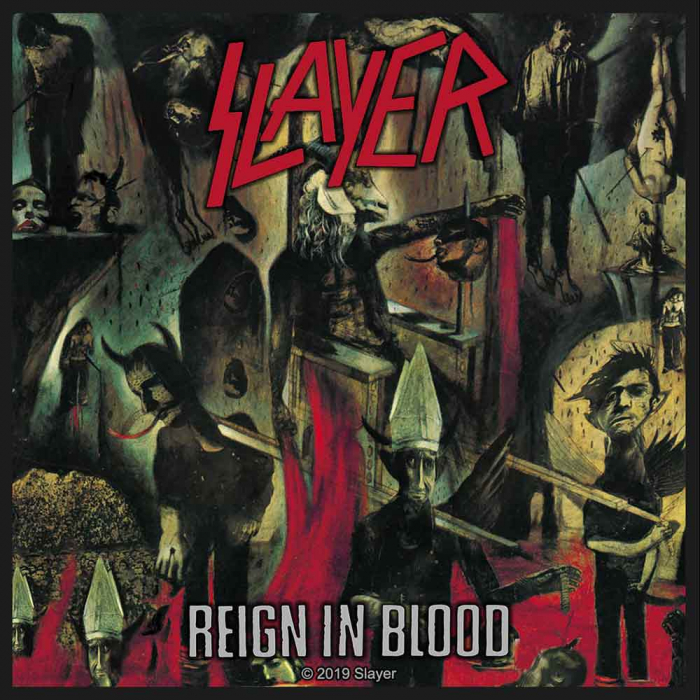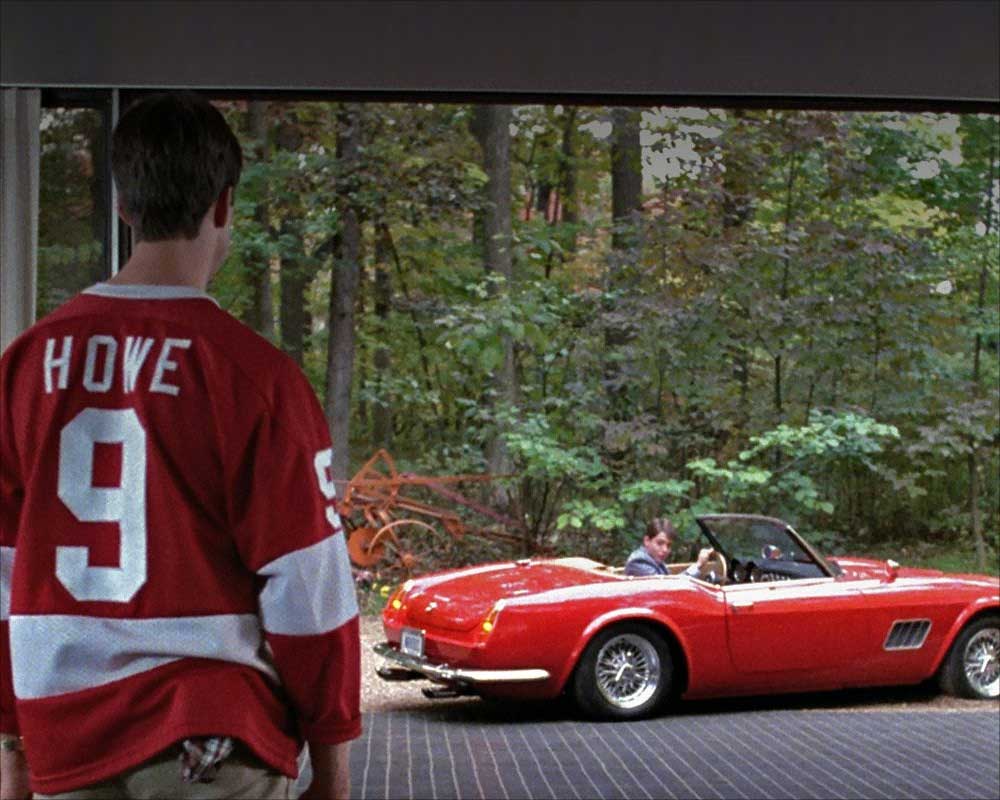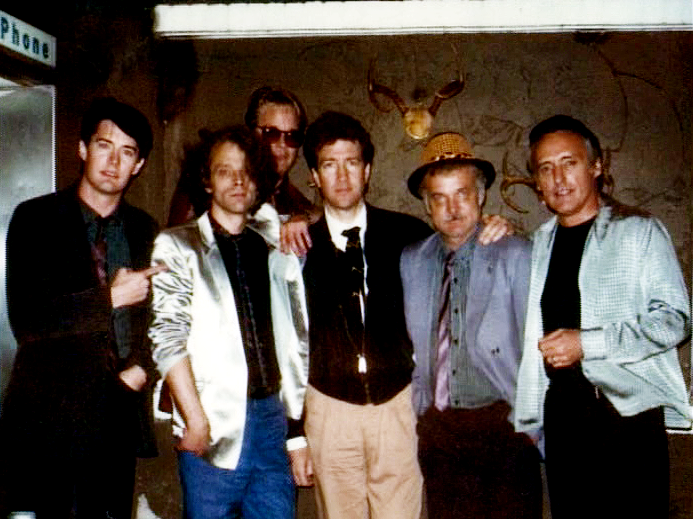REIGN IN BLOOD
Slayer
1986
Any amount of distraction or sonic interference is enough to frankly destroy Reign in Blood. Slayer’s breakthrough album does not function as background music. Rick Rubin’s mix works when you’re locked in, but any amount of distraction drowns out every 220 bpm riff with Lombardo’s blast beat drums and Araya’s shouted vocal. It becomes noise. All the texture will drop away. When I started relistening to write this, I thought, “Oh, this isn’t very good anymore.” Then I put the laptop away for a minute and could hear it again.
I don’t actually like Rubin’s mix, but I’ve lived my whole life in its aftermath. Reign in Blood is credited as being the crossover moment between thrash and death metal, signaling the point at which metalheads could retreat into a deeper subculture while Metallica gravitated away toward more melodic hard rock. I’m not a person who cares too much about subgenres, to be honest – I follow them only to the extent the artists themselves discuss them, and music is usually more interesting at the borders anyway. What I can recognize is that this album was still deeply influential on the death metal and screamo I could never get into in high school, where drums and vocals drowned out the melodic instruments.
Every time I return to the source and give it my full attention, I can understand why. In a decade where the average metal song was between five and ten minutes long, Slayer doubled the tempo and still put twice as many musical ideas into two and a half minutes. The drum part is so forward in the mix because it creates continuity between all the very dramatic changes in riff and melody. Stop paying attention and it creates the effect of a twenty six minute song – keep your eye on the ball and the nine tracks become twenty.
The fact that some members of Slayer and Rick Rubin have turned out to be reactionary chuds over the years is only surprising to those in denial. While reading “Angel of Death’s” lyrics and controversy section on Wikipedia should be enough to convince you that they’re earnest about just depicting an evil man and not endorsing Joseph Mengele, it’s also revealing that they don’t really have anything to say about him. Throughout the album and its (excellent) cover art, the satanic imagery, the descriptions of brutal ways to die, the absolutely braindead “Criminally Insane” lyrics – this is trolling, meant to create a cumulative effect. It’s theater, grand guignol building toward an epic finale.
Everything builds to that tenth song, “Raining Blood,” which overwhelms the rest of the album in terms of groove, brilliant riff songwriting, portentous storytelling. The opening rain effect and tom drum with the siren guitar – I mean, this is just the coolest shit in the world. The solos are the album’s most discordant and insane, and they fly over the album’s chunkiest straight-ahead speed. The two ways to listen to the album, for me, are in its entirety, front to back, or just to listen to that last song.
KEY TRACKS: “Piece by Piece,” “Jesus Saves,” “Criminally Insane” “Raining Blood”
NEXT STOP: Arise, Sepultura
AFTER THAT: Dead Rituals, Swamp Witch


